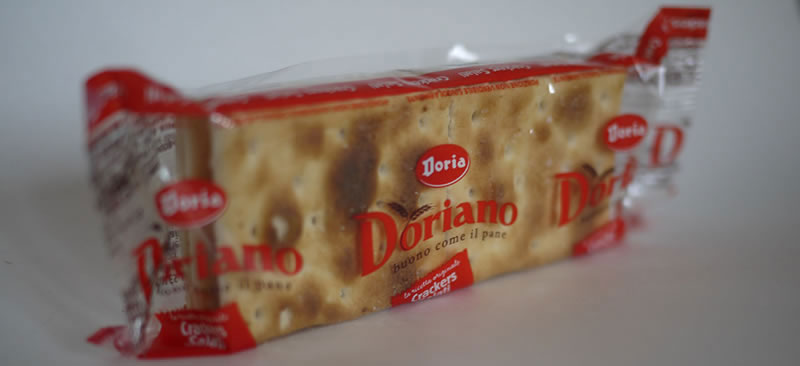
Serotonin: The Happy Hormone?
Ottobre 1, 2013
Letter from the editors
Dicembre 10, 2013It sometimes seems we live on snacks more than meals in our harried lives these days. It is almost impossible to tell where a snack ends and a meal begins. Our mothers used to warn us against snacking, but today it is an omnipresent feature of our food culture. As with anything, though, it can be harmful or it can be healthy. Marco Pernini helps us discern which is which.
Snacking does not have a concrete definition, though it is commonly understood to mean food and drink consumption in between regular meals – most of us know it when we see it! There are five characteristics of healthy snacking. These characteristics are adequacy, balance, calorie control, moderation, and variety. Together, they help to build a nutritious diet. Adequacy consists of consuming the correct amount of essential nutrients, fibre, and energy daily. Having balance in a diet requires not choosing a certain nutrient group more than another nutrient group, but rather requires one to provide enough of all the essential nutrients . Calorie control is the amount of food required to maintain a healthy weight. Having moderation entails limiting intake of fat, sugar, and salt without total self-restraint. Variety in a diet causes an increase in adequacy and helps eating become a more pleasurable experience.
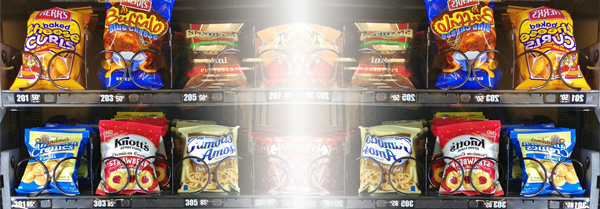
Healthy Snacking
A healthy snack is one that leaves a feeling of satiation. Satiation occurs when the brain acknowledges that enough food has been eaten. There are triggers in the body which send these signals to the brain. When the stomach stretches to accommodate a meal, nerve receptors in the stomach fire, sending a signal to the brain to tell it the stomach is full. Healthy snacks are ones that leave the body feeling filled so that it does not continue to signal to the brain that it still wants food. Satiety occurs after a snack, suppressing hunger or regulating how often the body desires food. Choosing snacks that have high water content, are airy and high in fibers and protein causes stronger satiety signals, making the time between meals longer. Fat triggers a hormone that increases satiety as well.
Discretion should be used to determine whether one snack is a better choice than another, based on nutrient density . Knowing one snack has more nutrients than another per calorie can help provide the required nutrients without exceeding the discretionary calorie allowance. Snacks which are highly processed and filled with chemicals, fat and sugar are obviously not as ‘nutrient dense’ as snacks consisting of whole grains, nuts, fruits, vegetables, etc. So choosing highly nutrient dense snacks is critical. Otherwise, you are just filling your body with empty calories.
Snacking on foods, low in energy density and high in nutrient density helps sustain a high level of satiation. This in turn helps achieve snacking behaviours that demonstrate the characteristics of healthy snacking. It is easier to keep within the caloric discretionary allowance; one must eat a larger variety of foods, while at the same time eating in moderation. All this combines to help one maintain a healthy body weight.
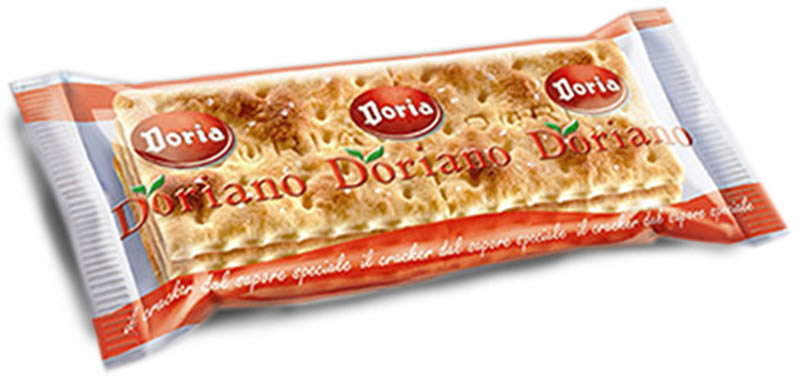
Unhealthy snacking
One form of unhealthy snacking is caused by actually not eating. Evelyn Tribole and Elyse Resch claim in their book Intuitive Eating that the symptoms of starvation occur when the absence of eating is extended over a period longer than three to six hours. They state that when the body undergoes a period of starvation , metabolism decreases and food cravings increase, causing an eating binge of high-carbohydrate foods. Neuropeptide Y (NPY) is a chemical in the brain produced during periods of starvation that triggers the need for carbohydrates. After a bout of starvation, which, again, can be triggered after periods of three to six hours, NPY causes an eating binge of carbohydrates in which one exceeds the daily allowance. This causes weight gain. Ingesting carbohydrates causes an increase in serotonin production which cancels the production of NPY. The longer the starvation period, the more intense food cravings become, making it difficult to follow the five characteristics of healthy snacking. Other unhealthy snacking patterns include emotional eating, eating for convenience and food availability. Emotional eating occurs when people use food to cope with emotional triggers including boredom, procrastination, excitement, love , frustration, stress and depression. Eating for convenience occurs when people choose to snack on energy dense food that is readily available. In some areas the only food available is processed food which is energy dense, but low in essential nutrients. A steady diet of such foods can easily lead to obesity and at the same time, paradoxically, malnutrition . These foods are high in calories, fat, salt, and have a very low nutrient density.
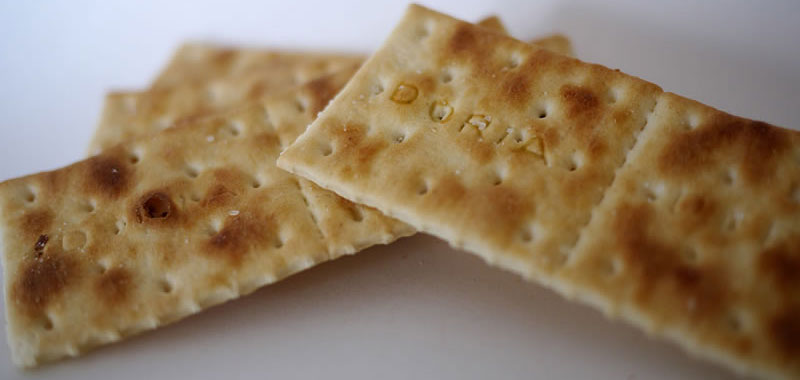
Instead of the candy bar, make an effort to reach for the healthy option. Healthy snacks can be beneficial, just as empty-calorie snacks can be harmful. One example is my favourite cheese cracker from the Italian baker Doria. In fact, the crackers are called Doriano. I like them because their delicious bready taste comes from natural leavening. This old way of making bread helps to bring out the unmistakable aroma and special taste but also develops antimicrobial agents that mean the products last longer – therefore no need for preservatives. It also retains moisture so the crackers are crispy,light, and digestible. The natural yeast breaks down the more complex molecules into simple carbohydrates and makes them easier to digest. The difference between the Doriano cracker and the other soda crackers produced around the world is that this old process maintains a taste and aroma that are very similar to that of real bread. That is why it is considered exceptional and is often used by Italian families and restaurants as a substitute for bread. The best things in life are simple; the original recipe of the Doriano cracker consists simply of flour, water, salt and oil. It is simply delicious and perfect as an appetiser, maybe adding parmesan cheese on top. Italian cuisine itself takes its influences from Etruscan, ancient Greek, Roman, Jewish and Byzantine cuisines, but there is nothing to stop us from being more adventurous and taking some example from the other side of the world. After all, everyone, regardless of which culture they come from, loves to have a tasty snack from time to time. So if it isn’t a cracker you are craving for, I leave you today with an alternative – a snack recipe based on New World foods that meets all the criteria of healthy snacking.
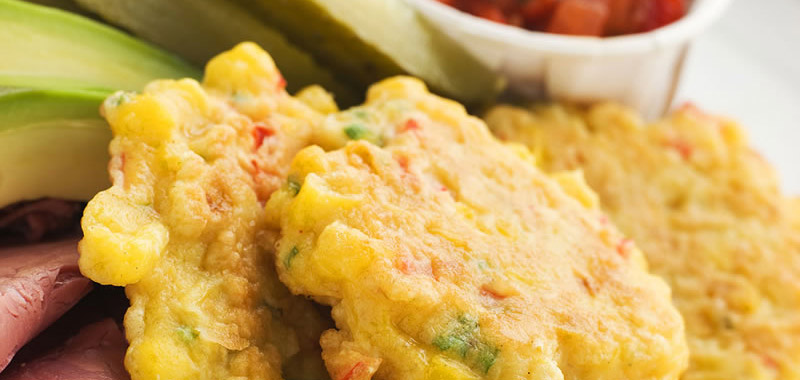
Sweetcorn Fritters
Sweetcorn Fritters
Ingredients:
[list_tick]
- you can use tinned sweetcorn if you’re in a hurry, but I prefer fresh organic corn, about 2-3, cut or grated from the cob
- 1/2 chopped onion – white, yellow or red, according to preference
- a handful of mixed chopped parsley and coriander
- 1 teaspoon of baking powder
- 1/2 teaspoon of mixed coriander powder and cumin powder (optional)
- about 60-80g of barley or chick pea flour – 2 whole eggs
- salt and pepper to season
- olive oil to shallow fry
[/list_tick]
Method:
Place the corn in a food processor and spin until chopped, add the rest of the ingredients and spin a little longer, but don’t make it too smooth, a little crunch is good.
Heat the oil in a frying pan, add a spoonful of mixture and fry gently until crispy on one side, turn and fry the other side. until cooked.
Serve immediately with a guacamole, tomato salsa, or a lemony crème fraîche on the side.



